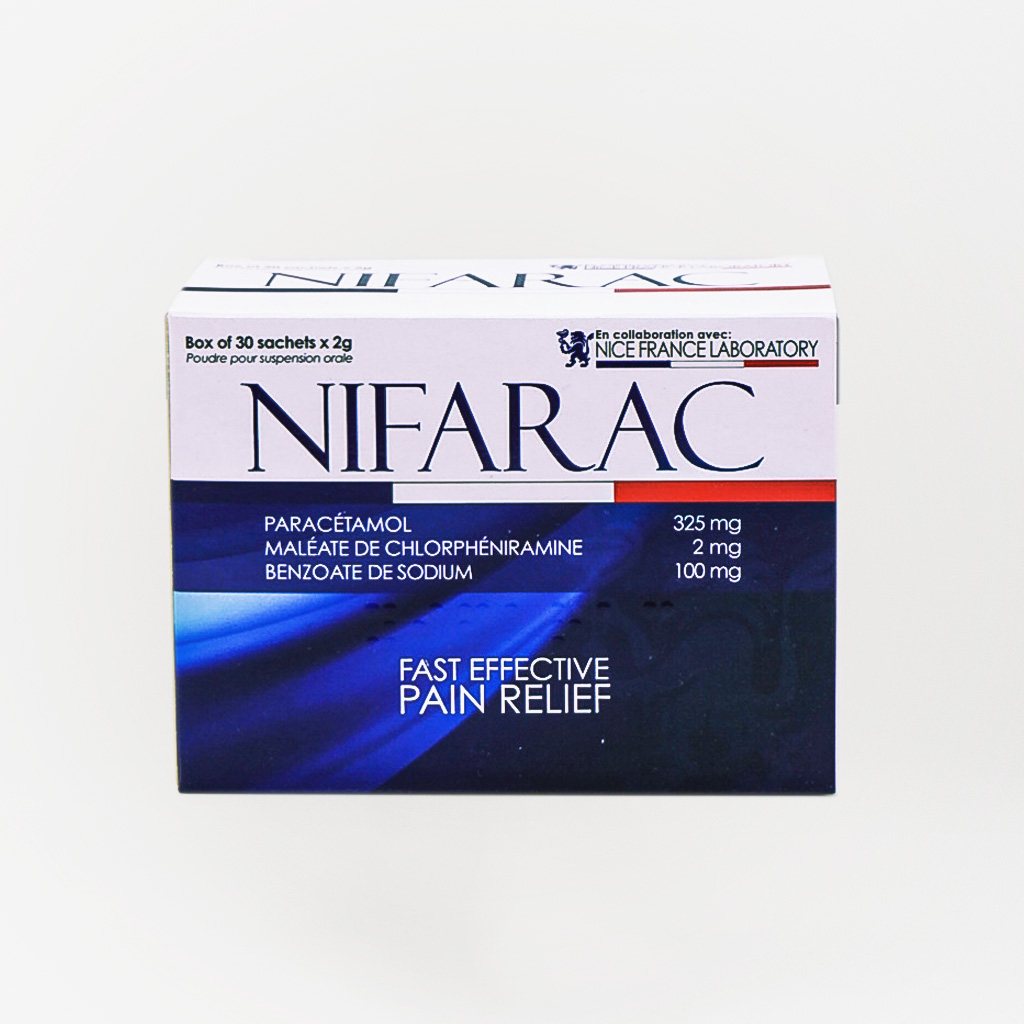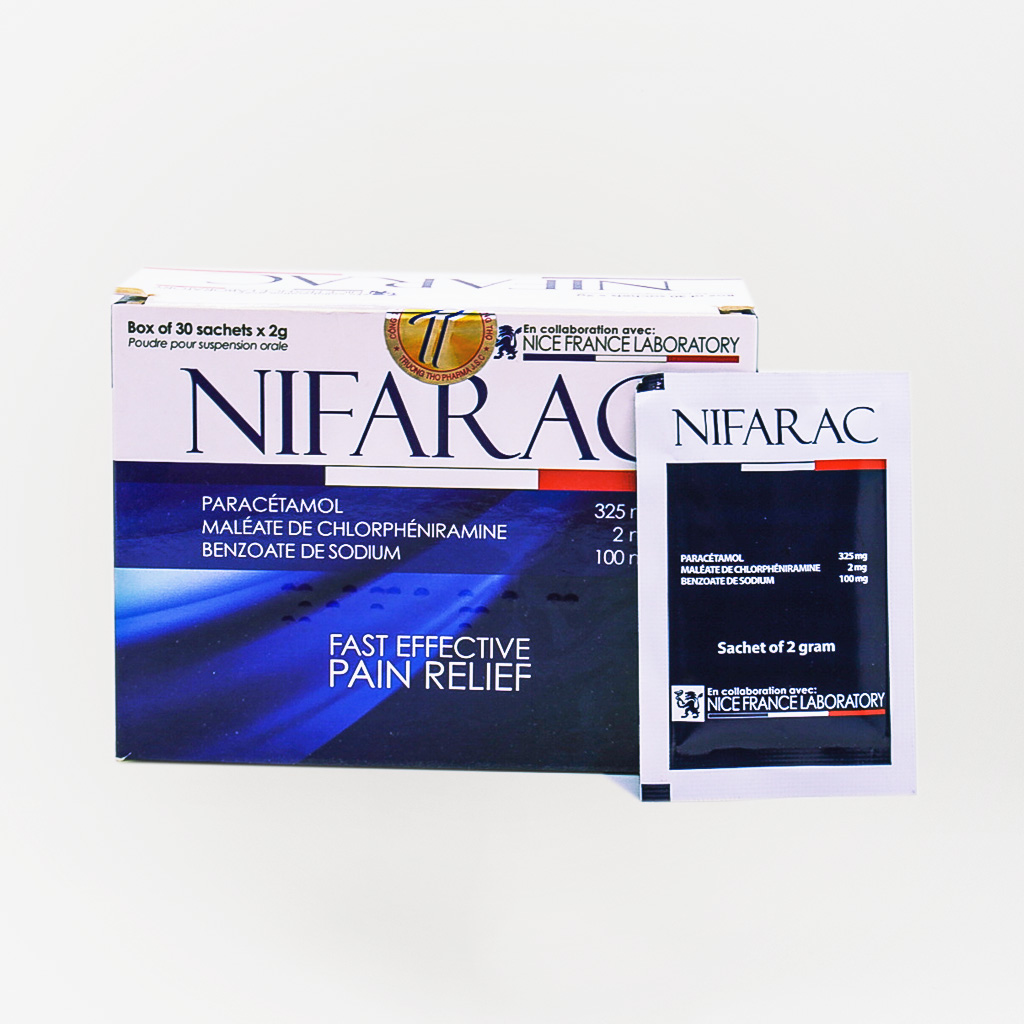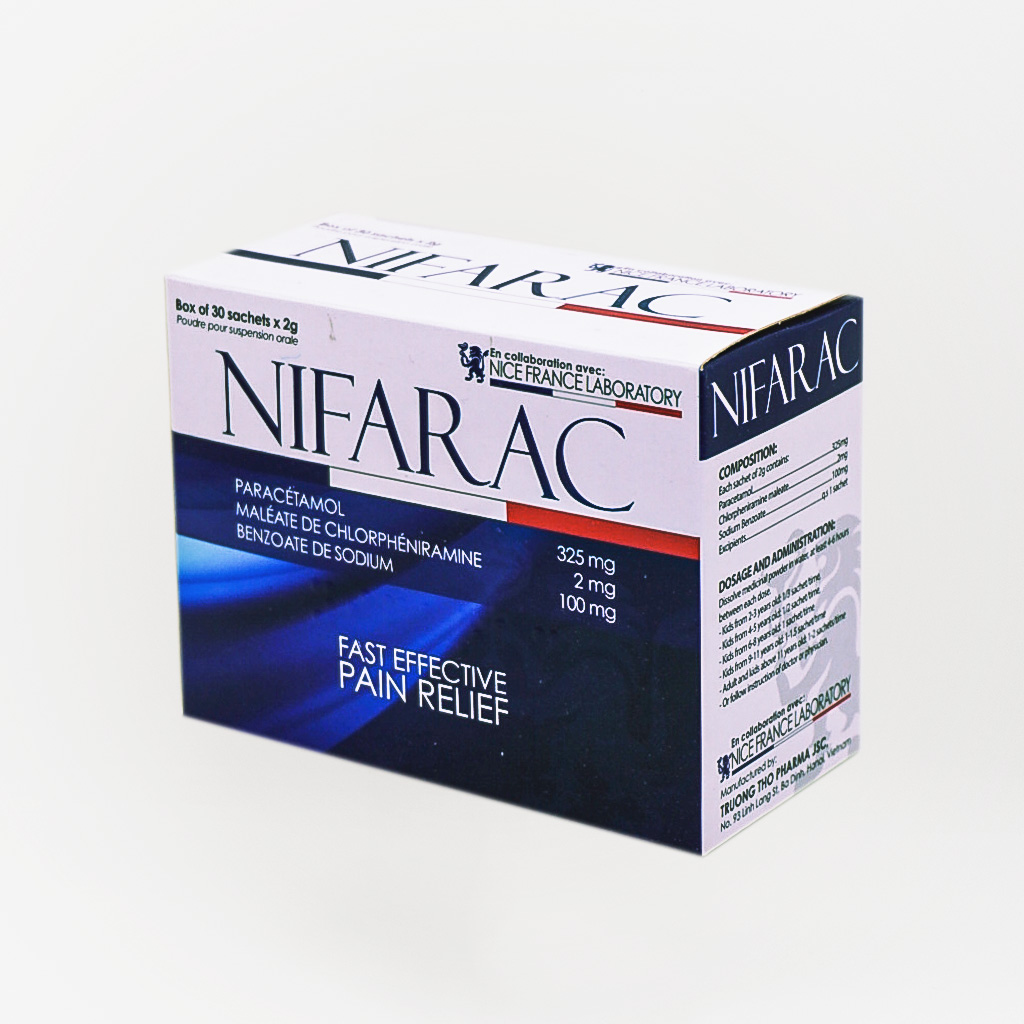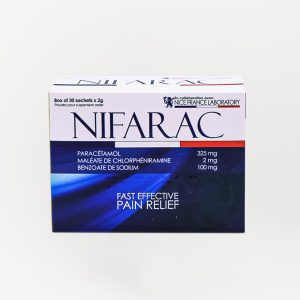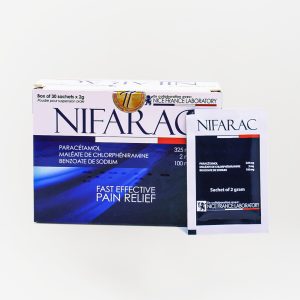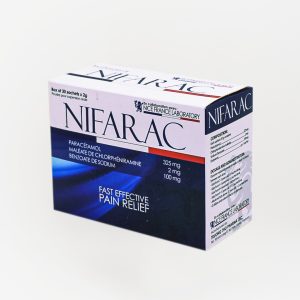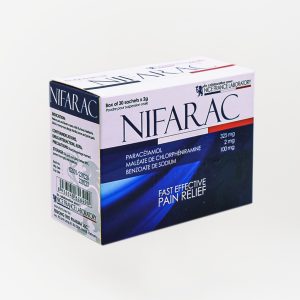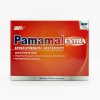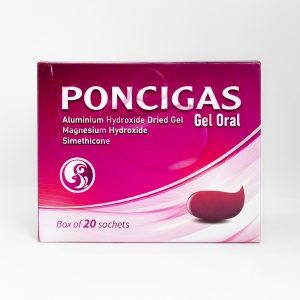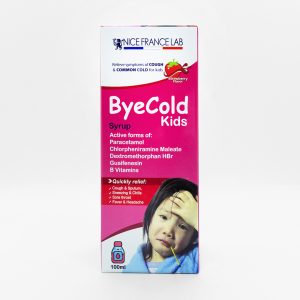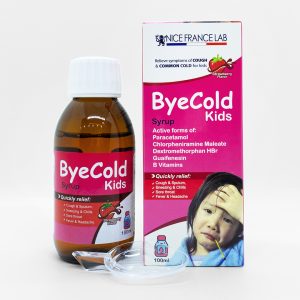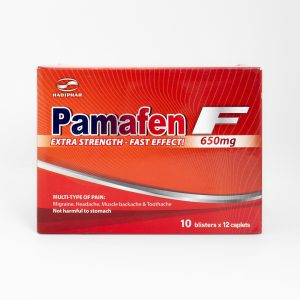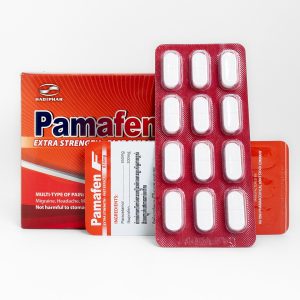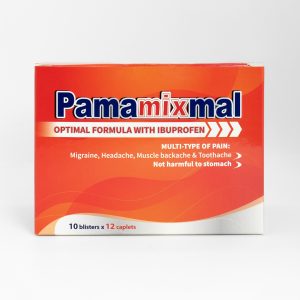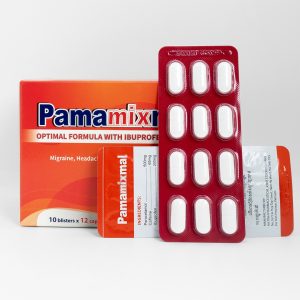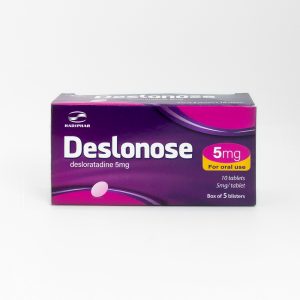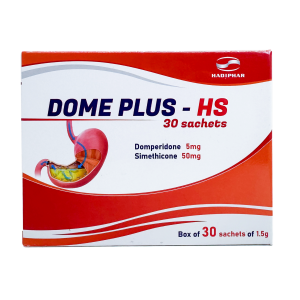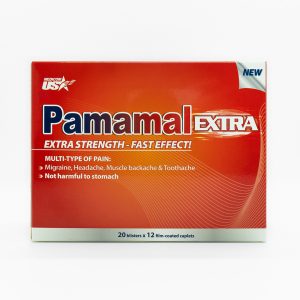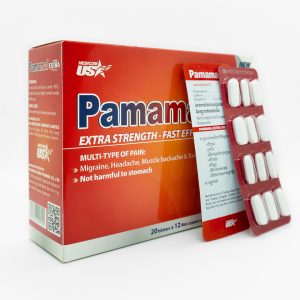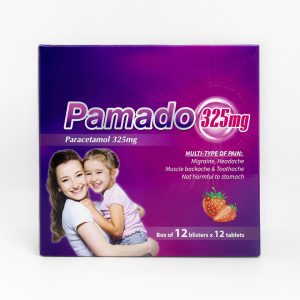CONTRAINDICATION:
Patients hypersensitive to the ingredients of the drug.
Patients with severe liver failure, glaucoma, urinary retention due to urethral disorders, prostate issues, anemia, or heart, lung, or kidney disease.
Patients with glucose-6-phosphate dehydrogenase deficiency.
Breastfeeding infants and premature babies.
DOSAGE AND ADMINISTRATION:
Dissolve medicinal powder in water, at least 4-6 hours between each dose.
Kids from 2-3 years old: 1/3 sachet/time.
Kids from 4-5 years old: 1/2 sachet/time.
Kids from 6-8 years old: 1 sachet/time.
Kids from 9-11 years old: 1-1.5 sachets/time.
Adults and kids above 11 years old: 1-2 sachets/time.
Notice:
Do not use the product continuously for 7 days without consulting a doctor or physician.
Do not use this medication for self-treatment of pain or fever for longer than 10 days in adults or 5 days in children, or if the fever is high (≥39.5°C) and lasts more than 3 days, unless advised by a doctor or healthcare professional. Prolonged pain and fever may be symptoms of other serious conditions that require proper diagnosis.
Follow the instructions of your doctor or physician.
PRECAUTION:
Paracetamol is relatively non-toxic at therapeutic doses. However:
Patients with phenylketonuria or those who need to limit their intake of phenylalanine should avoid using paracetamol in combination with drugs or foods containing aspartame.
Caution is advised for patients with a history of anemia, liver failure, or kidney failure.
Consumption of alcoholic beverages can increase the toxicity of paracetamol to the liver; therefore, patients should avoid alcohol and wine during the use of this product.
Chlorpheniramine maleate can increase the risk of urinary retention, especially in people with prostatic hypertrophy, urinary tract obstruction, or duodenal stricture, and it can exacerbate symptoms in individuals with muscular dystrophy.
The sedative effect of chlorpheniramine is enhanced when used with alcohol or other sedative products.
Caution is advised when using this medication in patients with chronic lung disease, shortness of breath, glaucoma, or in the elderly. Prolonged use may increase the risk of tooth decay.
Patients using products containing paracetamol should be warned about signs of severe skin reactions, such as Stevens-Johnson syndrome (SJS), toxic epidermal necrolysis (TEN), or Lyell’s syndrome, and Acute Rhinitis (AGEP).
USE IN PREGNANT AND LACTATING WOMEN:
Pregnant women: Use only when necessary. Using chlorpheniramine maleate during the last 3 months of pregnancy can cause serious reactions, such as seizures, in the infant.
Lactating women:
Use with careful consideration. Either avoid using the product or refrain from breastfeeding during its use, depending on the necessity of the medication for the mother.
Consult your doctor or physician carefully before use.
DRIVING AND OPERATING MACHINE:
Use with caution while driving or operating machinery.
DRUG INTERACTION:
Long-term, high-dose intake of paracetamol may slightly increase the anticoagulant effects of coumarin and indandione derivatives.
Using this product in combination with phenothiazine and heat-reduction therapy can lead to serious hypothermic consequences. Anticonvulsants (such as phenytoin, barbiturates, and carbamazepine), isoniazid, and anti-tuberculosis drugs may increase the liver toxicity of paracetamol. Excessive and long-term alcohol consumption may also increase the risk of paracetamol-induced liver poisoning. Cholestyramine reduces paracetamol absorption (avoid taking within 1 hour of paracetamol).
ADVERSE DRUG REACTION:
Relate to paracetamol:
Rarely (1/1,000 < ADR < 1/100): Skin rash. Gastrointestinal: nausea, vomiting. Hematology: hematopoietic disorders (neutropenia, reduction of whole blood cells), anemia. Renal: kidney disease, kidney toxicity in long-term abuse.
Rarely (ADR < 1/1,000): Skin: Stevens-Johnson syndrome, toxic epidermal necrolysis, Lyell’s syndrome, acute onset epiglottitis. Other: hypersensitivity reaction.
Relate to Chlorpheniramine:
Unwanted effects are reported at frequencies of 1% to 10%, and very common effects occur in ≥10% of cases. The incidence of other side effects after the product’s release to the market has not been documented.
Very common:
Central nervous system: Drowsiness, sleepiness.
Frequent:
CNS: Attention deficit disorder, dizziness, headache.
Gastrointestinal: Nausea, dry mouth.
Vision: Blurred vision.
Others: Tiredness.
Unknown frequency:
Blood and lymphatic system: Hemoptysis, hemolytic anemia.
Immune system: Allergic reactions, angioedema, anaphylaxis.
Metabolism and nutrition: Anorexia.
Mental health: Dizziness, irritability, nightmares, depression.
Hearing and inner ear: Tinnitus.
Cardiovascular system: Tachycardia, arrhythmias.
Blood vessels: Low blood pressure.
Respiratory, thoracic, and mediastinal: Increased bronchial secretion, jaundice.
Gastrointestinal: Abdominal pain, diarrhea, dyspepsia.
Liver: Hepatitis.
Skin and subcutaneous tissue: Dermatitis, rash, urticaria, photosensitivity.
Musculoskeletal and connective tissue: Muscle twitching, muscle weakness.
Renal and urinary: Urinary retention.
Others: Chest pain.
Caution:
Children and adults may experience undesirable side effects associated with cholinergic resistance and overstimulation (e.g., restlessness, anxiety). Inform your doctor if any of these side effects occur while using the medication.
STORAGE:
Store in a dry and cool place, below 30°C, and protect from light and moisture.
SHELF LIFE:
36 months since the manufacture date.
STANDARD:
In-house
Keep out of reach of children, read usage instructions carefully before use. Consult a physician or pharmacist for more information.
Developed by:
Audace Pharma Co., Ltd
Manufactured by:
TRUONG THO PHARMA., JSC
No 93 Linh Lang St, Cong Vi Ward, Ba Dinh District, Hanoi City, Vietnam.
